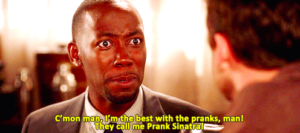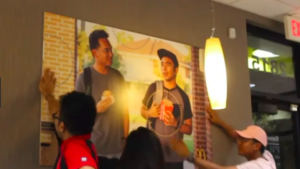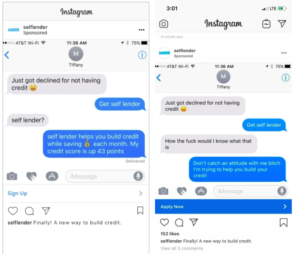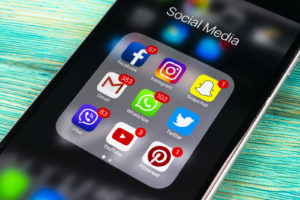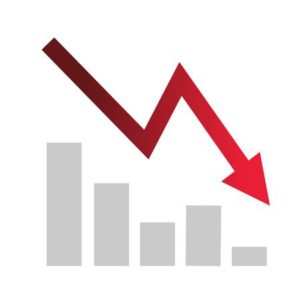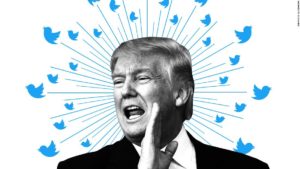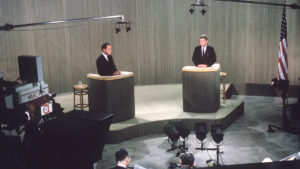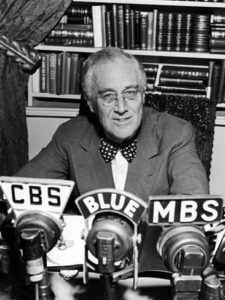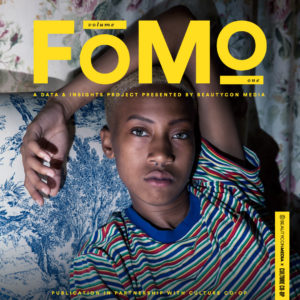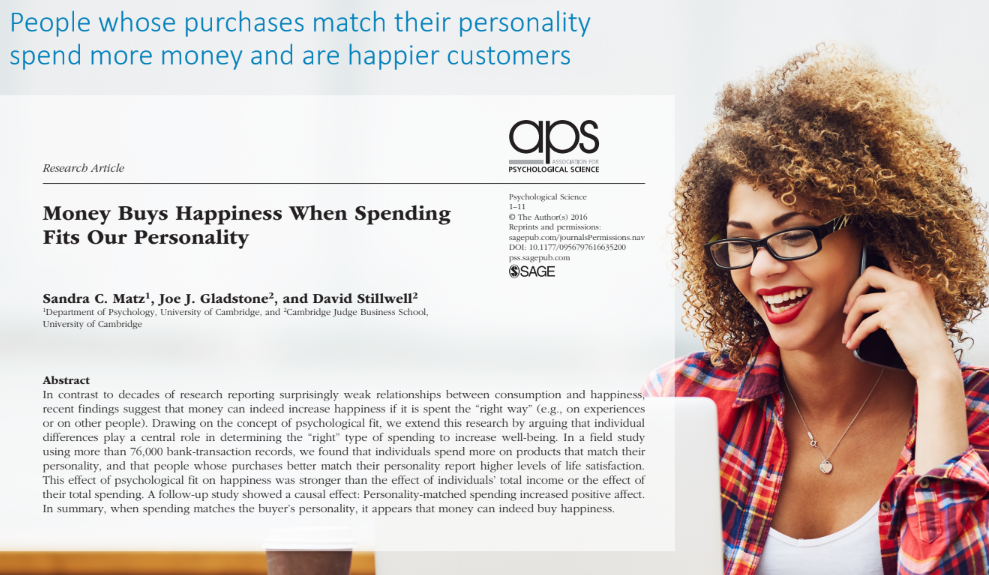Maybe it’s not quite at the level of the middle school bully forcing you to give him your lunch money, but a recent study by Anders Gustafsson et al., a research professor of marketing at Sweden’s Karlstad Business School, seems to come close.
Gustafsson, whose research focuses on making retail environments more conducive for shoppers to spend money, was looking at what effect greeters stationed at the
front of the store have on consumers’ spending habits. He and his associates changed stores, days and times, switched the genders and physical attractiveness of the greeters, and found that the greeters didn’t make much difference with one
glaring exception: having a physically dominant-looking male greeting customers resulted in male customers spending 131 percent more than when a non-dominant male or a female were the greeters.
This seems to contradict common thinking – at least in regards to heterosexual thinking – that males and females would be more likely to spend money if greeted by an attractive member of the opposite sex (Conick, 2018). The data demonstrated that it just wasn’t so. Female shoppers in the study spent about the same amount of money no matter who was greeting them. Males who were greeted by a female or a less-imposing male would spend about the same amount of money as the female shoppers. Only when the Alpha male (as Conick calls it) was the greeter would males’ spending spike.
Gustafsson and his associates looked to evolutionary psychology to explain this difference. Evolutionary psychology, which is sometimes referred to as “social Darwinsim,” a reference to the biologist Charles Darwin and his theory of natural selection, can be controversial because it proposes that much of our behavioral is instinctual because the traits that have stayed with us through the years are the traits our ancestors needed for survival (Nicholson, 1998).
While that may be a simplistic explanation of evolutionary psychology and human behavior, Gustafsson relied on evolutionary psychology to suggest that competition
between the males was driving spending – even if that competition was taking place at a subconscious level. The implication being that males were acting out that even
though they couldn’t compete physically with the dominant male greeting them, they could outspend him.
I confess that it really sounds silly to me when it is explained like this, but I have no other explanation for the behavior that the researchers found in this study. Perhaps, the most telling quote in Conick’s article comes from Gustafsson, when he is replying to the ethical concerns with manipulating customers to increase sales: “We are all manipulated.” Kind of depressing to think about, huh?
References
Conick, H. (2018) Alpha Males and Subconscious Sales. American Marketing Association, Retrieved from
https://www.ama.org/publications/MarketingNews/Pages/alpha-males-and-subconscious-sales.aspx
Nicholson, N. (1998). How hardwired is human behavior? Harvard Business Review, (July/August). Retrieved from https://hbr.org/1998/07/how-hardwired-is-human-behavior
Otterbring, Tobias; Ringler, Christine, Sirianni, Nancy J. & Gustafsson, Anders (2018) The Abercrombie & Fitch Effect: The Impact of Employees’ Physical Dominance
on Male Customers’ Status-Signaling Journal of Marketing Research, 55(1), s. 69- 79. Doi: 10.1509/jmr.15.0247


